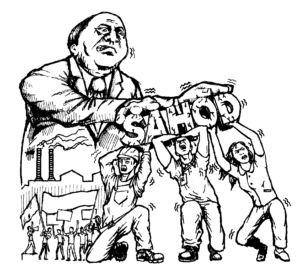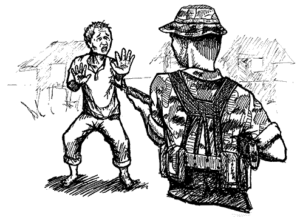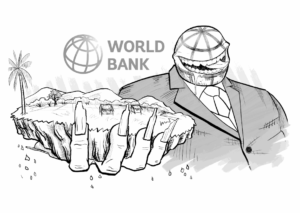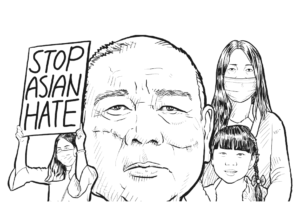Intense exploitation of coconut farmers


In contrast to the hardships of coconut farmers, big landlords, traders and monopolistic corporations continue to fatten their pockets. Amid the pandemic, the exploitation of coconut farmers has further intensified.
In December 2020, a tenant family based in a barrio of Camarines Sur which tends a four-hectare coconut farm earned a measly ₱4,900. Of the 661 kilos of copra which they processed, 20% (which is valued at around ₱3,960 at a price of ₱30 per kilo) was not purchased by the trader. Despite how well the copra was processed, traders still impose resiko or the percentage arbitrarily shaved off from the price of the product due to moisture content.
The whole family participated in the production to minimize their expenses. After deducting transportation costs to their gross income for 529 kilos of copra (₱15,870), the family was left with ₱14,700. Under the tersyuhan system, two-thirds of the said income will go to the landlord, while while the farmer gets only one-third (₱4,900). This is equivalent to ₱109 per day which the farmer has to stretch over the next 45 days for his family of eight.
Due to successive typhoons which hit the said barrios during the last quarter of 2020, the income of coconut farmers further shrank. They were able to survive by planting vegetables and asserting their right to forego land rent payment for two copra processing seasons.
While farmers went hungry, traders accumulated huge profits from the copra they bought. According to the Philippine Coconut Authority, the farmgate price of copra significantly decreased from ₱54 per kilo in January 2017 to ₱13.39 per kilo in January 2019. In some areas, farmgate prices went for as low as ₱12 per kilo. In 2020, the average farmgate price of copra was only ₱18.75 per kilo. Lowest of which was in Eastern Visayas (₱14). Although the price in Bicol increased to ₱30, the income of a coconut farmer is actually low due to resikada. Traders make around P8.45 profit for every kilo of cheap copra when these are sold to factories, who in turn further jack up prices when they sell to the export market.
Local plants primarily supply copra to large foreign companies which manufacture food and other consumer goods. These plants include those which are under the Coconut Industry Investment Fund-Oil Mills Group which was funded during the Marcos dictatorship using the taxes of coconut farmers. These plants initially process copra into coconut oil or other products.
From January to October 2020, the Philippines exported a total of 1.4 million metric tons of copra. Due to the pandemic, this is lower by 21% from 1.8 million metric tons during the same period in 2019. The Philippines is the leading exporter of copra (64%) globally.
Processed food products and sanitation products that are copra-based became in demand since the lockdown. This includes products by Nestlé and Cargill (food manufacturing multinationals), and Procter and Gamble (P&G) which source their raw materials from the Philippines and two other countries in Asia.
Profits of Nestlé, Cargill and P&G increased during the pandemic. Among all food manufacturing companies globally, Nestlé recorded an income of $13 billion in 2020 which was the biggest during the said year, higher by 2.8% than in 2019. The highest income of the corporation was from its sales of Purina, which manufactures animal feeds using the byproduct of processed copra.
Cargill on the other hand recorded an income of $3 billion during the same year from $2.56 billion before the pandemic. P&G, the biggest multinational company which produces personal care products (soaps, shampoos, toothpastes) recorded an income of $12.76 billion in 2020 from $3.63 billion in the previous year.
Millions of dollars in profit was accumulated by Philippine-based companies which produce coconut oil. These include the Peter Paul Philippines Corporation and Primex Coco Products, which are among the biggest processors and exporters of coconut products globally, and recorded $13.8 million in sales in 2020.














